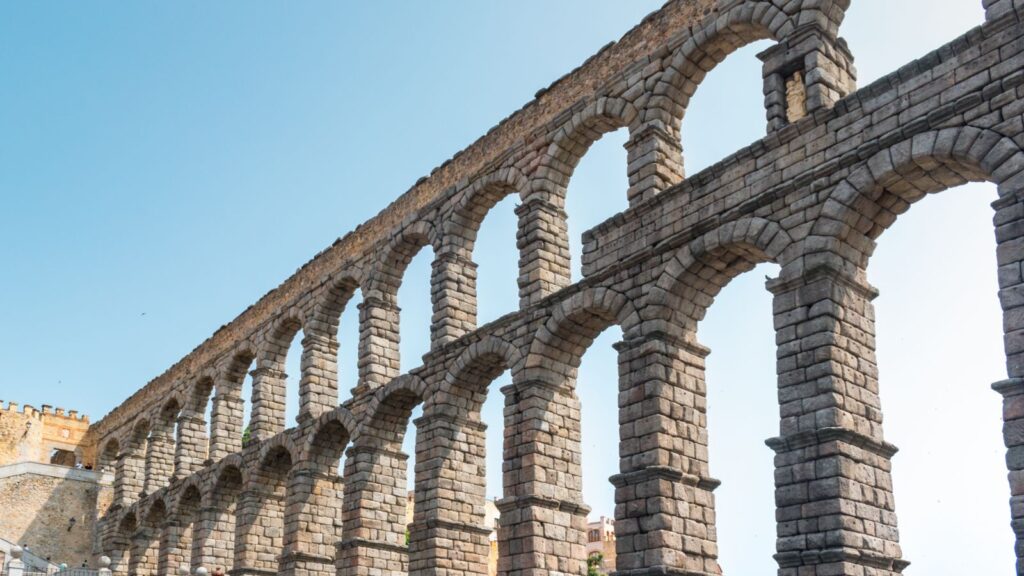When we think of ancient Rome, we often picture grand structures like the Colosseum or tales of gladiators. But the Romans were incredibly advanced in many ways that might surprise you. We’ve listed 18 ways ancient Rome was far more advanced than you might think.
Sophisticated Plumbing Systems

Ancient Rome boasted incredibly sophisticated plumbing systems and built extensive aqueducts to transport water from distant sources into the cities, ensuring a steady supply of fresh water. “Aqueducts were amazing feats of engineering given the time period,” says National Geographic. Their engineering marvels included underground sewage systems that efficiently managed waste, too.
Concrete Construction

The Romans revolutionised construction with the invention of concrete, a strong, durable building material that could be shaped into various forms. This allowed them to create large and complex structures like the Pantheon, which boasts the world’s largest unreinforced concrete dome, still standing today.
Advanced Road Networks

Speaking of roads, the Roman Empire was crisscrossed with an extensive network of roads that connected distant parts of the empire, facilitating trade, travel, and military movements. These roads were meticulously planned and constructed, with multiple layers for durability and drainage systems to prevent flooding.
Central Heating Systems

The Romans also developed central heating systems known as hypocausts. These systems were used to heat public baths and private homes, circulating warm air under floors and through walls to provide a comfortable indoor environment. This technology was highly advanced for its time and demonstrated a keen understanding of engineering and comfort.
Public Health and Medicine

Society at that time placed a strong emphasis on public health; they built hospitals called valetudinaria to care for soldiers and sometimes civilians. These hospitals were well-organised and staffed by trained medical personnel. Additionally, Romans practised advanced surgical techniques and had a good understanding of hygiene, which helped prevent infections and improve recovery rates.
Urban Planning
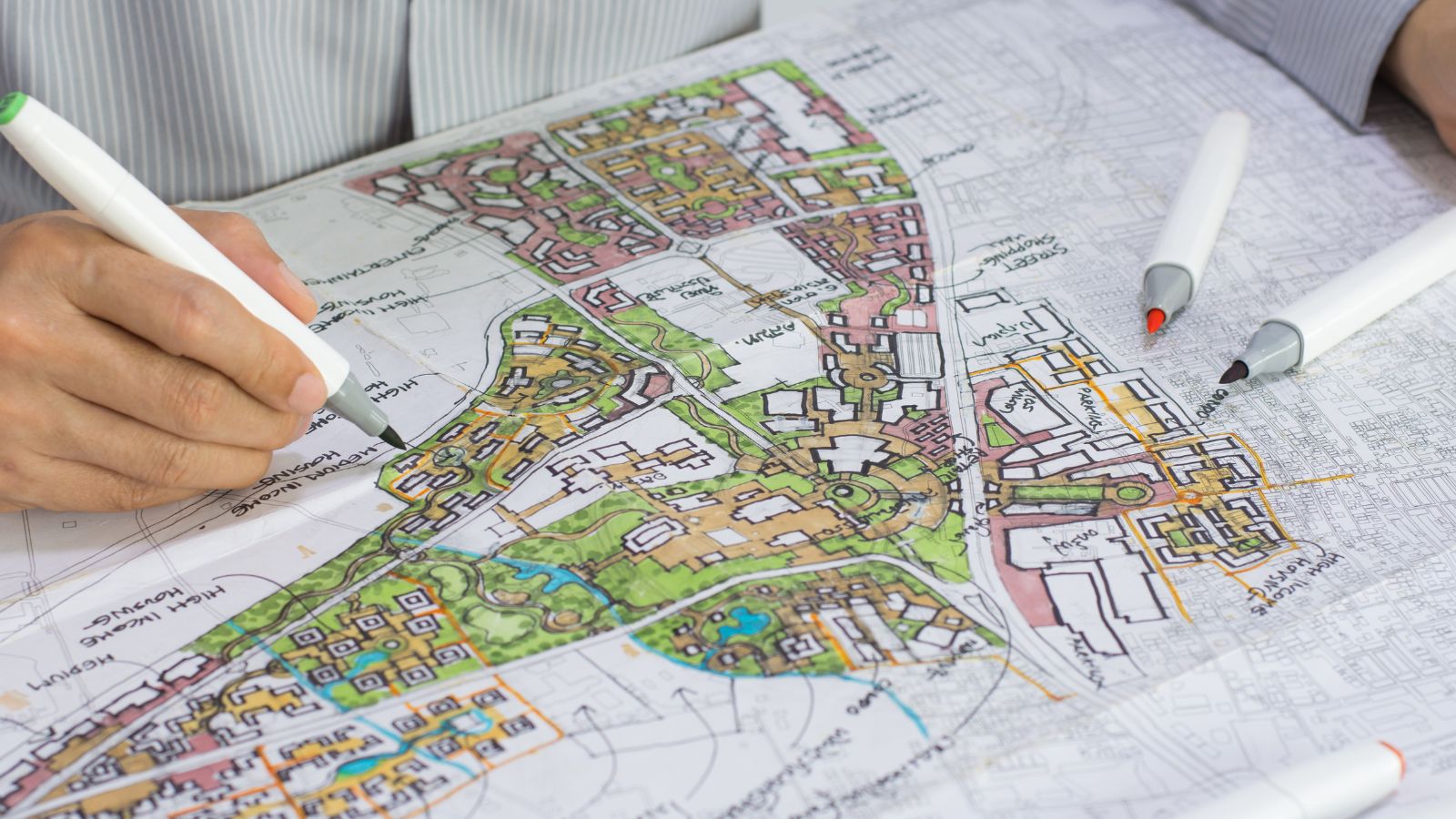
Roman cities were meticulously planned with a focus on functionality and aesthetics. They featured grid layouts, central forums, public buildings, and recreational spaces like amphitheatres and baths. The emphasis on urban planning ensured that cities were not only beautiful but also efficient and comfortable to live in.
Legal System

The legal system of Ancient Rome was incredibly advanced and has had a lasting impact on legal systems around the world. They developed a comprehensive code of laws that covered everything from property rights to criminal justice, and this legal code was accessible to the public, ensuring that citizens knew their rights and obligations.
Architectural Innovation

Roman architecture was innovative and influential, too. They pioneered the use of arches and vaults, which allowed them to build larger and more stable structures. These architectural techniques enabled the construction of iconic buildings like the Colosseum and aqueducts that still inspire architects today.
Complex Government Structures

Their government was a complex and well-organised system that included various branches and checks and balances. The Republic, for instance, featured a Senate, popular assemblies, and elected magistrates, ensuring that power was distributed and not concentrated on a single individual.
Advanced Military Tactics

The Roman military was highly disciplined and employed advanced tactics and strategies that allowed them to conquer and control a vast empire. They developed sophisticated training programs, efficient supply lines, and innovative battlefield formations like the testudo (tortoise) formation. Their military engineering included the construction of forts, camps, and siege engines.
Literature and Education

Ancient Roman society also placed a high value on education and literature, as wealthy families often employed private tutors for their children. There were public schools for basic education, and Romans produced a vast body of literature, including works of history, poetry, and philosophy that are still studied today. Authors like Virgil, Ovid, and Cicero significantly contributed to Western literature.
Advanced Agriculture

The Roman people’s agriculture was highly advanced, incorporating techniques and tools that increased productivity and efficiency. They used crop rotation, irrigation systems, and specialised tools like the plough to cultivate their land effectively. Roman estates, known as latifundia, were large-scale farms that produced vast quantities of food and other products.
Public Entertainment

The empire also valued public entertainment and built impressive structures to host various events, including amphitheatres like the Colosseum which were used for gladiatorial games, chariot races, and theatrical performances. These events were not only a source of entertainment but also a way to demonstrate the power and wealth of the empire.
Engineering Marvels
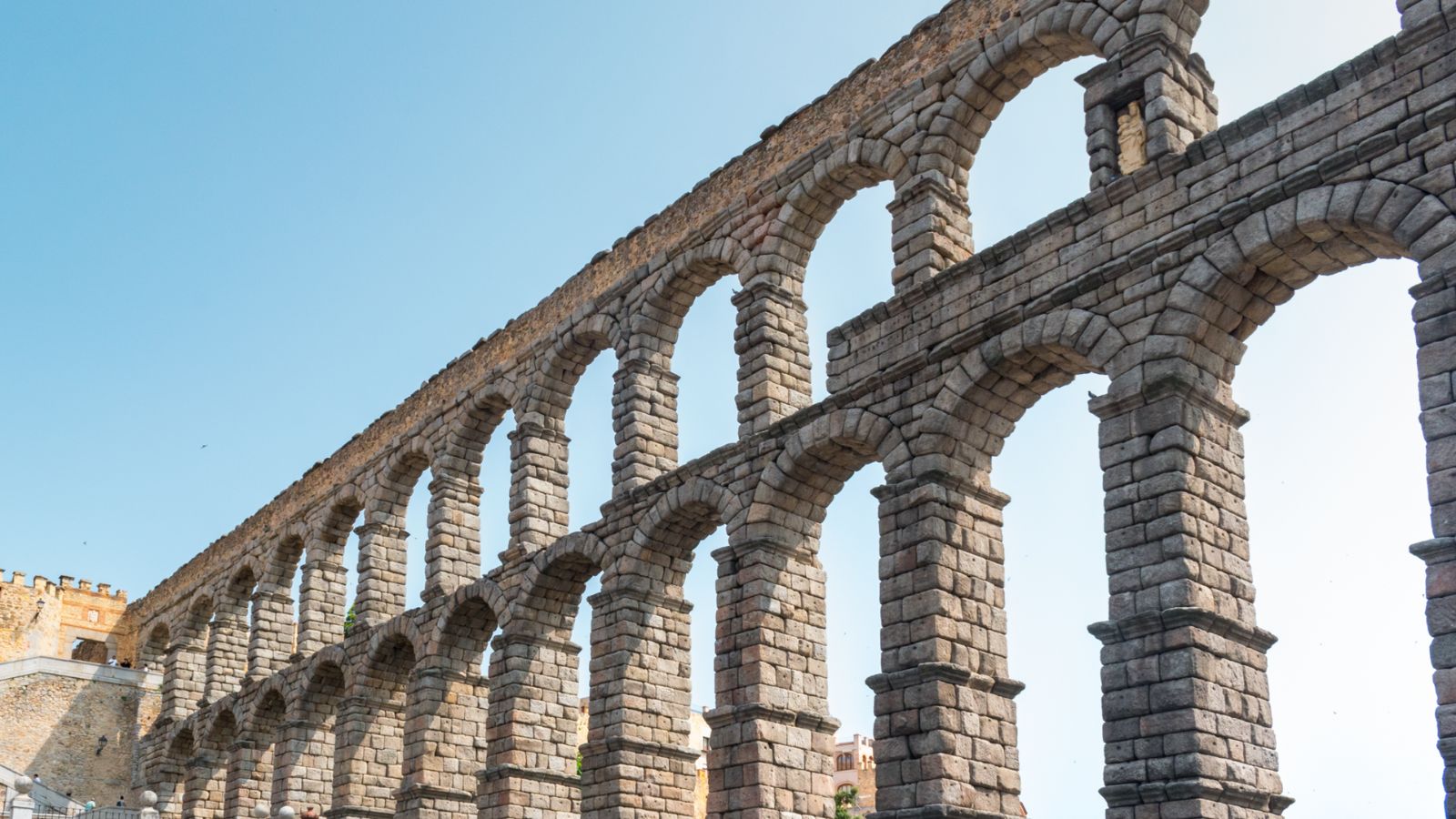
Engineering achievements made by the Romans were nothing short of remarkable. They built aqueducts to supply cities with water, constructed massive public buildings, and developed advanced machinery and tools. Cranes, pulleys, and other engineering devices allowed them to construct buildings and infrastructure.
Religious Tolerance and Integration
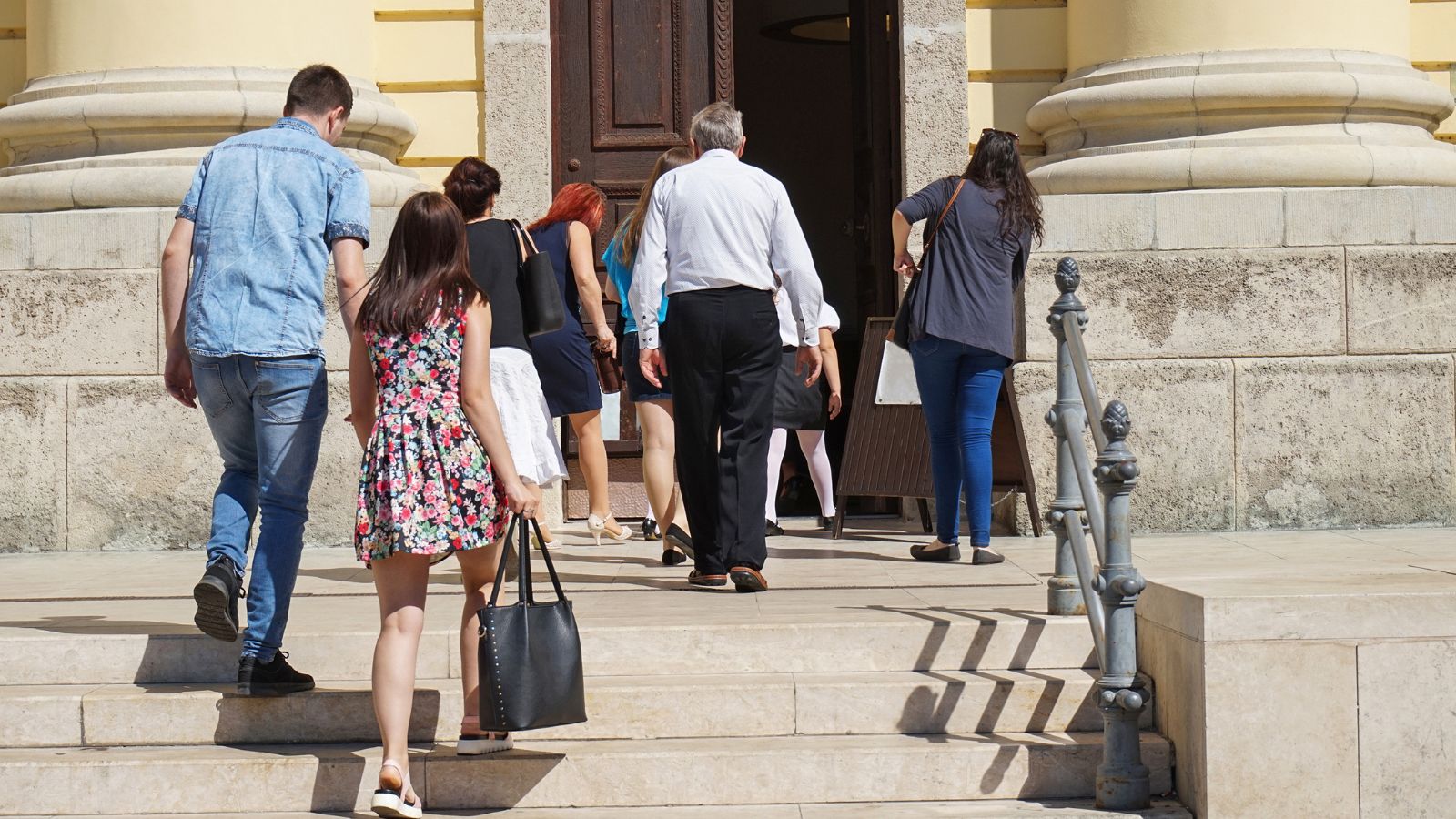
Ancient Rome was also notable for its relative religious tolerance and ability to integrate various cultures and beliefs. While the state religion was centred on Roman gods, other religions were generally allowed to flourish as long as they did not challenge the authority of the emperor.
Postal System
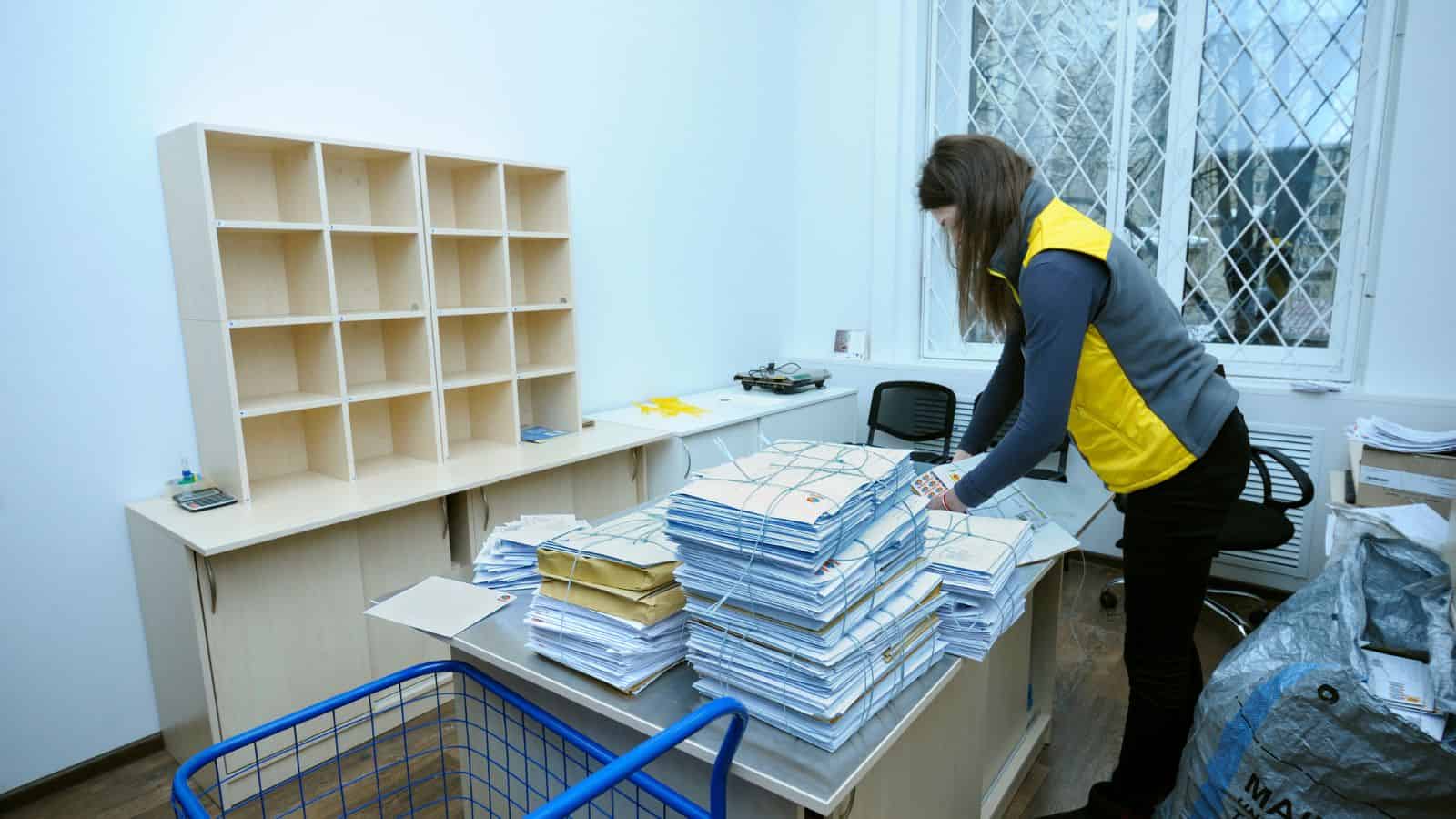
The Romans developed an efficient postal system known as the cursus publicus, which allowed for the rapid and reliable delivery of messages and goods across the empire. This system utilised a network of relay stations with fresh horses and couriers to ensure that information could travel quickly over long distances.
Advanced Metallurgy

Advances in metallurgy furthermore enabled them to produce superior tools, weapons, and construction materials. They developed techniques for smelting and forging iron and other metals, creating stronger and more durable products. Roman blacksmiths and metalworkers were skilled artisans whose work supported the empire’s infrastructure, military, and everyday life.
Social Welfare Programs

Lastly, the Roman Empire was advanced in developing early forms of social welfare to support its citizens. Programs like the grain dole, known as the annona, provided free or subsidised grain to the urban poor. These measures helped to maintain social stability and support the population during times of need.

